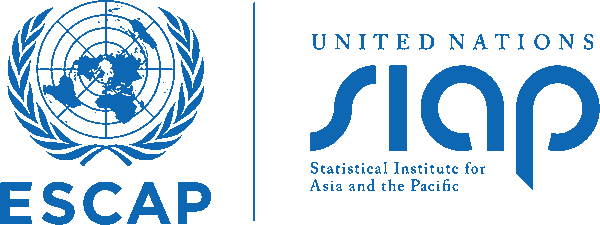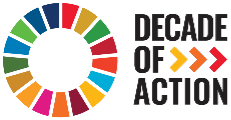
Training on Big Data and Data Science for Gender Statistics in Asia and the Pacific
In person

27 to 30 October 2025
Bangkok , Thailand
SIAP UN-Women
5. Gender Equality
9. Industry, Innovation and Infrastructure
Overview
Closing gender data gaps is essential for achieving the Sustainable Development Goals (SDGs). Gender statistics are critical for understanding the distinct realities of women and men, girls and boys, and for informing policies aimed at addressing inequalities, but data and information gaps are often impediments to achieving this. While efforts to enhance gender data production have advanced, significant gaps still remain.
The intersection of big data, data science, and gender statistics holds immense potential to address persistent gender data gaps by leveraging advancements in technology. With the rise of digital data sources such as social media, satellite imagery, and mobile devices, coupled with increased computing power and sophisticated analytical tools, big data enables more granular, timely, and cost-effective insights than ever before. These advancements offer transformative possibilities for measuring and addressing gender inequalities in ways that traditional methods cannot.
Documents
| Concept Note |
